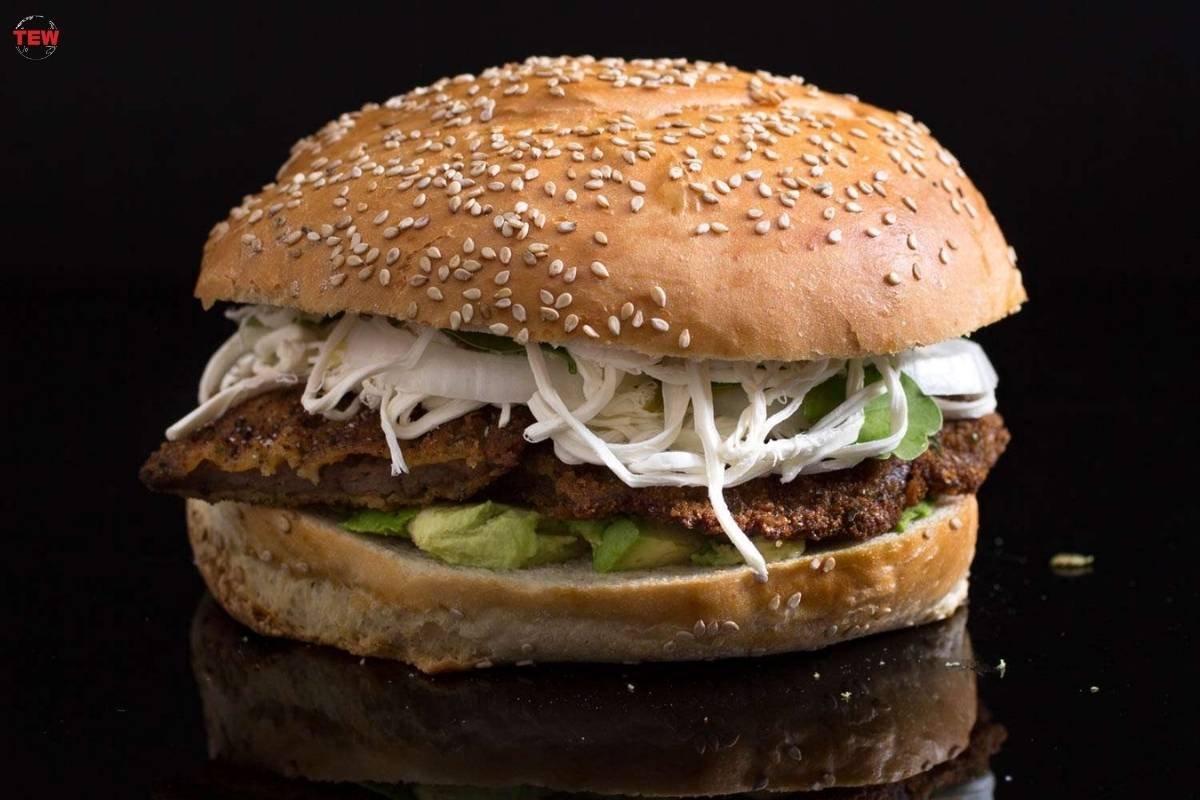Processed foods are often not only harmful to our health but also to the environment. You can find out the reasons for this and tips on how to avoid processed products here. What you should not avoid are the Live dealer games at TonyBet Casino.
Processed food includes all products that have been industrially processed and altered in some way during the manufacturing process. Even freezing, baking, heating, or drying are considered industrial processing methods. Not all products from the large group of processed foods are therefore bad per se. For example, bread, cheese, and frozen vegetables are also included.
However, many highly modified products, such as conventional ready-made products, sweets, soft drinks, or packaged cakes, can harm your health if you consume them regularly. As their production requires a lot of energy, they are also problematic from an environmental perspective.
Level 1 and 2
Level 1 foods should make up the majority of our diet. In 2014, Brazilian researchers developed a four-level scheme to better differentiate between the various processed foods. According to this scheme, foods can be divided into the following categories
Level 1 – Unprocessed to minimally processed foods
This category includes all untreated parts of plants. This includes fruit and vegetables, nuts, seeds, rice and oatmeal. Unprocessed animal products (such as milk, eggs, or offal) as well as water, tea, and coffee also belong to this level. Minimal processing methods such as drying, chopping, roasting, cooking, or freezing are permitted. According to the scientists, foods in the first level should make up the majority of the diet.

Level 2 – Processed ingredients
The second stage includes foods from the first stage that have been industrially processed in a further production step. This can be done by grinding, refining, pressing, or drying, for example. Common foods in this category are salt, sugar, vegetable oils, or butter, but also corn syrup with a high fructose content, lactose, or soy protein. These more processed foods generally have a higher energy density and a poorer nutritional profile than products in the first tier. We normally use them with level 1 foods (for example when cooking, frying, or baking). They are also found in higher quantities in highly processed level 3 foods.
Levels 3 and 4
Level 3 – Processed foods
This group includes highly processed products that have been industrially produced using various preservation, fermentation, and cooking methods. These are products for which foods from the first two stages have been combined. The individual product must not contain more than three to four ingredients to fall into this category. Examples of products in this category include bread and rolls, cheese, and canned vegetables. These products should be consumed in moderation and preferably in combination with foods from the first levels.

Level 4 – Highly processed foods
Products in the fourth level do not usually consist of whole foods but are just a combination of individual ingredients. They are usually ready to eat or only need to be heated briefly. They often contain additives such as preservatives, colorants, or artificial flavors. You will find these additives as an E number on the list of ingredients. Most of the products you find in the supermarket fall into this category. These include ready meals and mixes, snacks, sweets, soft drinks, sausages, and cereals.
Also read: Nutrition and Productivity




